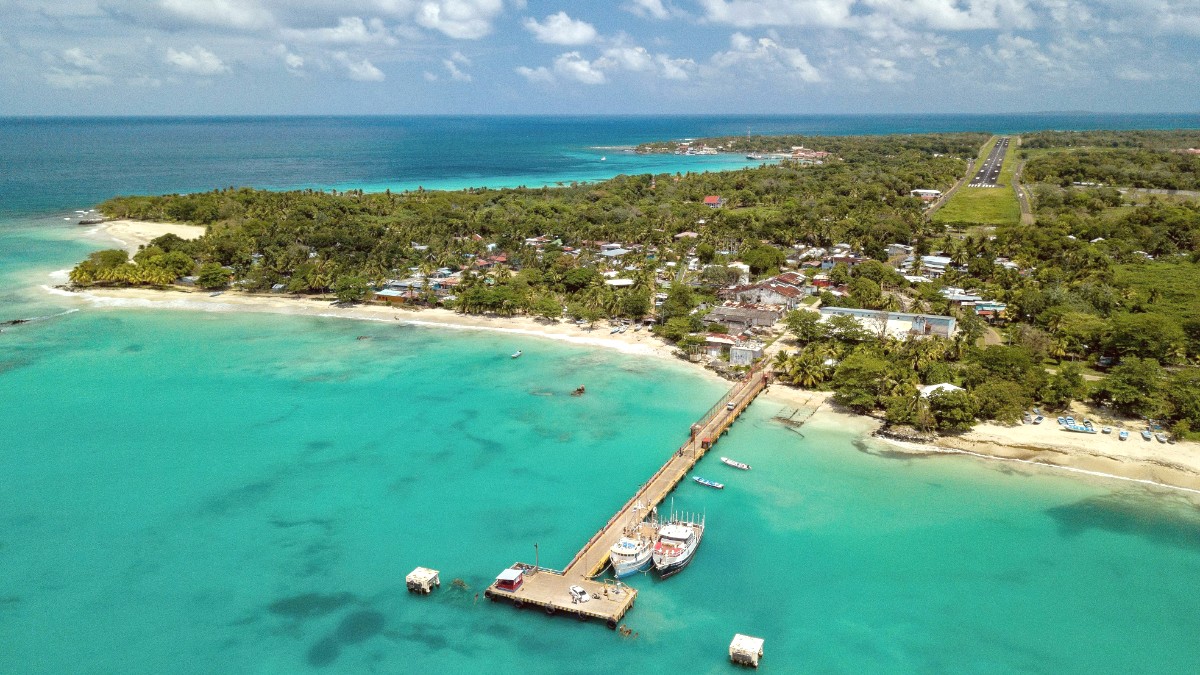
Caribbean Coast, Nicaragua
Big Corn Island's public transportation consists mainly of shared taxis. These taxis function somewhat like buses, following main routes around the island. They are inexpensive and frequent.
Little Corn Island has no roads or motorized vehicles. All transportation is by foot or small boat (panga).
Operate throughout the day and into the evening; high frequency.
Typically two pangas daily in each direction; schedules may vary by weather or demand.
Public transportation options are not designed for accessibility; uneven boarding may occur.
Not available on Big Corn Island due to its size and road network.
Available on Big Corn Island; usually USD 20-30 per day. Helmets are provided.
Also available on Big Corn Island; popular for groups. Pricing similar to scooters.
Available on Big Corn Island; no bicycle rentals on Little Corn.
These are the most immersive ways to experience the islands, specifically Little Corn.
Not available on the Corn Islands; the small size and relaxed nature do not support large-scale tourism infrastructure.
Public pangas connect Big Corn and Little Corn. Private boat taxis are available around Little Corn Island for secluded beaches or snorkeling.
No cable cars, funiculars, or other unique transport methods are present due to the flat terrain.
Accessibility is limited on the islands. Infrastructure is not designed for easy access for those with mobility challenges.
Little Corn Island is easily explored on foot via its numerous walking paths.
Explore at your pace.
Local guides offer informal tours on Little Corn, providing nature or cultural insights.
Gain local insights.
Self-guided walks along the beaches or to the lighthouse are popular activities.
Beach strolls and viewpoints.
Transportation around the Corn Islands offers an unique blend of local charm and practical movement.
Choosing the right mode of transport for your needs will enhance your island adventure.